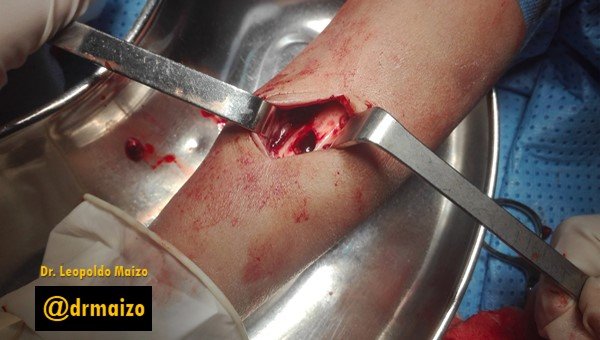
Minimally Invasive Surgery
Minimally Invasive Surgery (MIS) is the set of diagnostic and therapeutic techniques that by direct vision, or endoscopy, or other imaging techniques, uses natural pathways or minimal approaches to introduce tools and act in different territories of the human economy.
In minimally invasive surgery, doctors apply a variety of techniques to perform operations that cause less damage to the body than open surgery. In general, minimally invasive surgery is associated with less pain, a shorter hospital stay, and fewer complications.
Laparoscopy (a surgery performed through one or more small incisions with small tubes, and tiny cameras and surgical instruments) was one of the first types of minimally invasive surgery. Another type of minimally invasive surgery is robotic surgery. It provides an amplified 3D view of the surgical area and helps the surgeon operate with precision, flexibility, and control.
Continuous innovations in minimally invasive surgery provide benefits for patients suffering from a wide variety of diseases. If you need surgery and think you may be a candidate for this approach, consult with your physician.

Types of Minimally Invasive Surgery
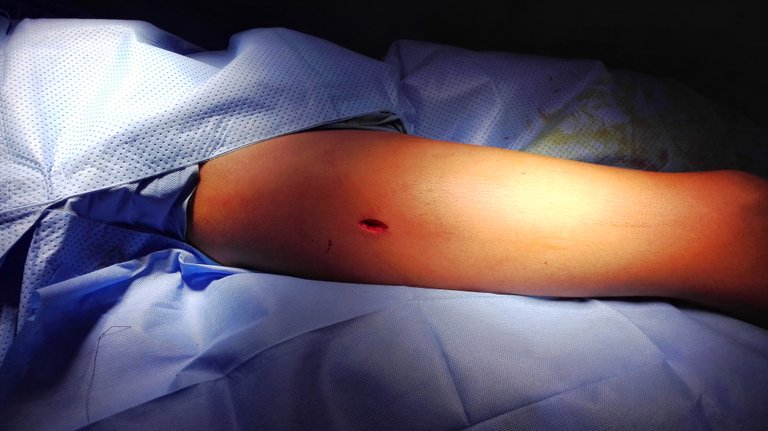
Surgeons perform many minimally invasive surgeries, among them:
- Adrenalectomy, to remove one or both adrenal glands
- Anti-reflux surgery, sometimes called "hiatal hernia repair," to relieve gastroesophageal reflux disease
- Cancer surgery, for example, to destroy a tumor
- Chest (thoracic) surgery
- Cholecystectomy, to remove painful gallstones
- Colectomy, to remove diseased parts of the colon
- Colon and rectum surgery
- Ear, nose and throat surgery
- Endovascular surgery, to treat or repair an aneurysm
- Gallbladder surgery (cholecystectomy), to remove painful gallstones
- Gastroenterological surgery, including the gastric bypass
- General surgery
- Gynecological surgery
- Cardiac surgery
- Kidney surgery
- Living donor kidney transplant
- Neurosurgery
- Orthopedic surgery (this is where we offer a great alternative to our patients :D)
- Splenectomy, to remove the spleen
- Thoracic surgery, such as lobectomy using video-assisted thoracic surgery
- Urological surgery

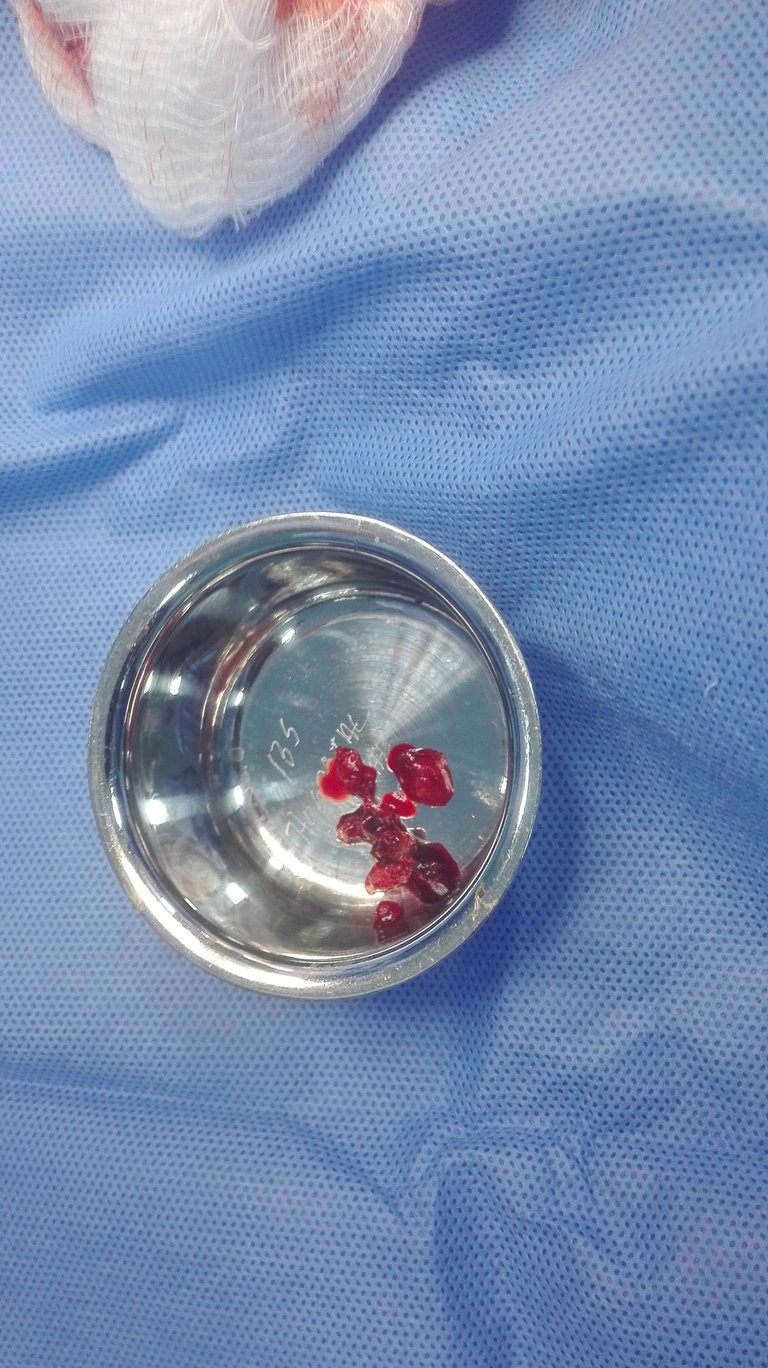
Why it is done?
Minimally invasive surgery emerged in the 1980s as a safe and effective technique to meet the surgical needs of many patients. In the last 20 years, many surgeons began to prefer this type of surgery to traditional (open) surgery, which requires larger incisions and generally a longer hospital stay.
Since then, the use of minimally invasive surgery has expanded greatly in many surgical specialties, including colon and lung surgery. Ask your doctor if you would be a good candidate for this surgical approach.
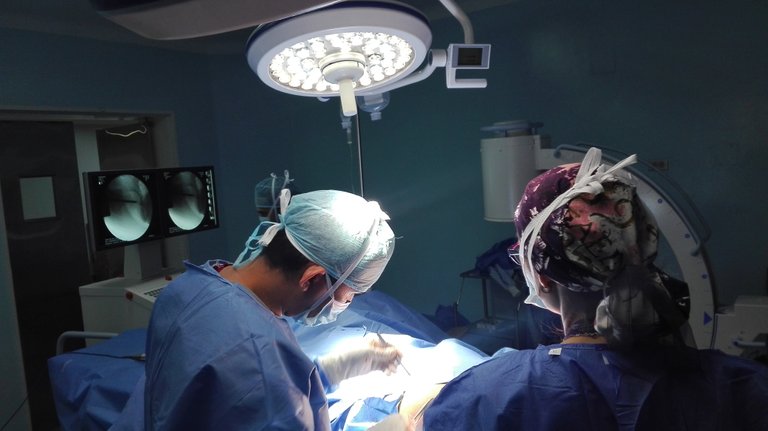
Risks
Minimally invasive surgery involves small surgical incisions and is generally less risky than traditional surgery. However, even in minimally invasive surgery, there are risks of complications with anesthesia, bleeding, and infection.

If you need recommendations or help in orthopedic surgery and traumatology do not hesitate to contact me.
Dr. Leopoldo Maizo - Orthopedic Surgeon

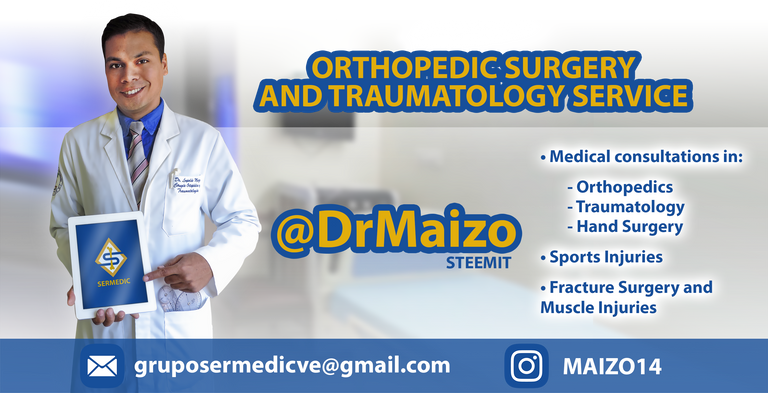
Firma diseñada por @themonkeyzuelans, contáctalos vía Discord "themonkeyzuelans#9087"
Great projects from the Steemit community:
- My Fundition campaign: https://fundition.io/#!/@drmaizo/6f88ggj8h



.png)
Keep Up the good work.
Thank you @preppervetuk
This project is being supported by @Fundition the next-generation, decentralized, peer-to-peer crowdfunding and collaboration platform, built on the Steem blockchain.
Read the full details of Fundition Fund program
Learn more about Fundition by reading our purplepaper
Join a community with heart based giving at its core
Fundition is a non profit project, by supporting it with delegation you are supporting 200+ projects.
50SP100SP200SP500SP1000SP2000SP5000SP10000SP